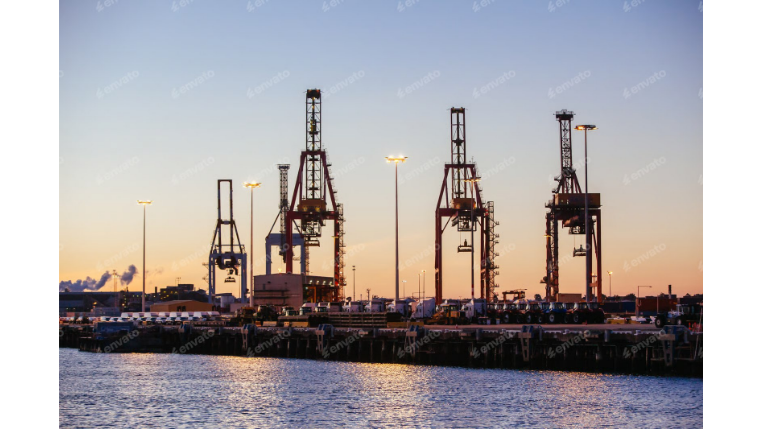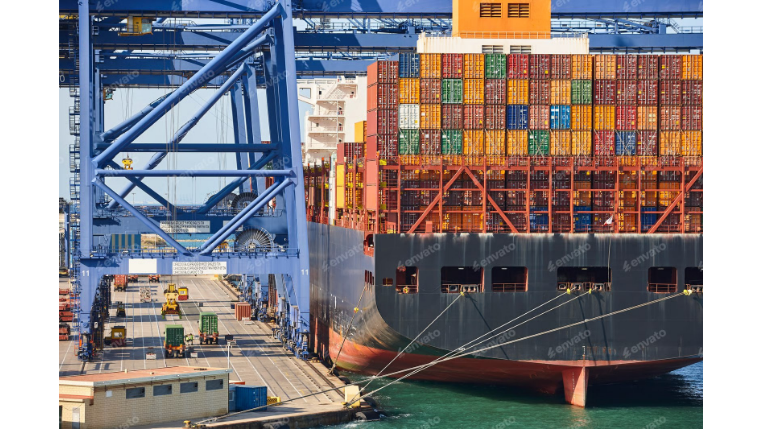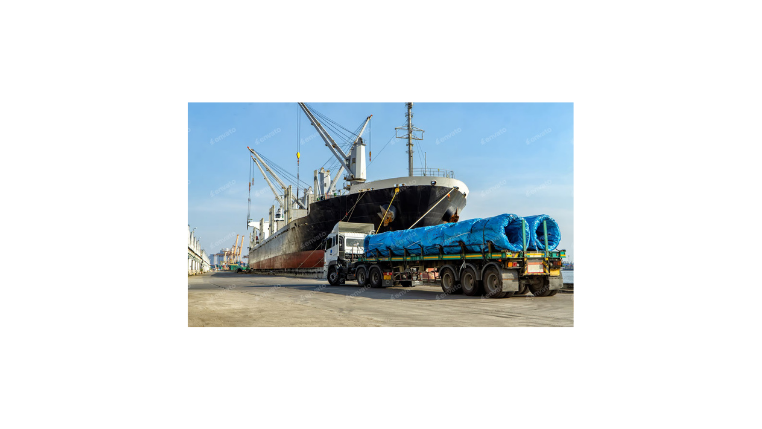The BCO Advantage: How Direct Cargo Control Elevates Supply Chain Performance
In an era defined by market volatility and soaring customer expectations, the supply chain has evolved from a simple cost center into a key competitive differentiator. For businesses looking to gain an edge, taking direct ownership of their logistics is a powerful strategy. This is the core principle of the Beneficial Cargo Owner (BCO) — a model that puts the owner of the goods in the driver's seat of their own supply chain. By moving beyond a reliance on intermediaries, BCOs unlock a host of advantages that enhance performance, reduce costs, and build lasting resilience.
Defining the Beneficial Cargo Owner (BCO)
A Beneficial Cargo Owner is the company that holds the primary financial interest in the goods being transported and takes direct responsibility for managing their movement. In essence, the BCO is the actual importer or exporter who contracts directly with carriers — such as ocean shipping lines, airlines, and trucking companies — to move their cargo.
This is a critical distinction from shippers who primarily work through intermediaries like Freight Forwarders or NVOCCs (Non-Vessel Owning Common Carriers). While those partners provide valuable services, the BCO model is about taking strategic control of the entire process.
The Core Advantages of the BCO Model
Taking command of your cargo unlocks several powerful, interconnected benefits that drive superior supply chain performance.
1. Enhanced Cost Control and Direct Rate Negotiation
This is one of the most compelling reasons to operate as a BCO. By engaging directly with asset-owning carriers, BCOs can:
- Eliminate Intermediary Markups: Cutting out layers of middlemen can lead to immediate and significant cost savings.
- Negotiate Long-Term Service Contracts: BCOs with sufficient volume can negotiate annual or semi-annual contracts with carriers, securing stable rates and protecting their business from the extreme volatility of the spot market.
- Leverage Volume for Better Terms: Carriers are more willing to offer favorable rates, guaranteed space, and better terms (like extended free time for containers) to high-volume, direct partners.
2. Superior Efficiency Through Optimized Transportation
Direct control allows for granular optimization that is often not possible when working through a third party. A BCO can:
- Select the Best Carrier for Each Lane: Choose specific carriers based on their performance, transit times, and reliability on particular trade routes.
- Customize Service Levels: Mix and match different service speeds (e.g., express vs. standard ocean service) to align with inventory needs and product launch dates.
- Improve Coordination: Better synchronize ocean freight arrivals with inland trucking and warehouse operations, reducing dwell times, minimizing bottlenecks, and accelerating speed-to-market.
3. Proactive Risk Management and Increased Resilience
In the volatile market of 2025, supply chain resilience is paramount. BCOs are better positioned to manage risk because they have:
- Direct Lines of Communication: During a disruption (like port congestion or a vessel delay), BCOs get faster, more accurate information directly from the carrier.
- Greater Agility: This direct information flow allows them to work collaboratively with their carrier partners to quickly reroute cargo, adjust production schedules, and implement contingency plans.
4. Unmatched Customization and Flexibility
The BCO model allows a business to build a logistics network that is a perfect fit for its unique needs. This includes:
- Building a Bespoke Carrier Network: Hand-picking partners that align with specific requirements, such as sustainability goals or specialized equipment needs.
- Designing Tailored Solutions: Creating unique shipping solutions that are optimized for a specific product's dimensions, handling requirements, or delivery windows.
Driving Performance from Strategy to Execution
Ultimately, these advantages converge to drive superior overall performance. By owning their data, BCOs can meticulously track carrier performance, analyze total landed costs, and make continuous, data-backed improvements. The direct contracting process fosters deep, strategic partnerships with carriers that transcend a simple transactional relationship, leading to more reliable and collaborative outcomes that benefit the end customer.
Conclusion
In conclusion, the BCO model is a strategic commitment to taking full ownership of your supply chain's destiny. It represents a shift from being a passenger to being the pilot. While this approach requires an investment in in-house expertise and technology, the payoff in terms of cost control, efficiency, and resilience is immense. To succeed, the modern BCO needs an indispensable co-pilot: a powerful digital platform. An integrated logistics system like Modaltrans provides the end-to-end visibility, rate management, and advanced analytics that BCOs need to effectively command and control their global supply chains from a single, centralized dashboard.










